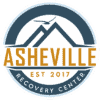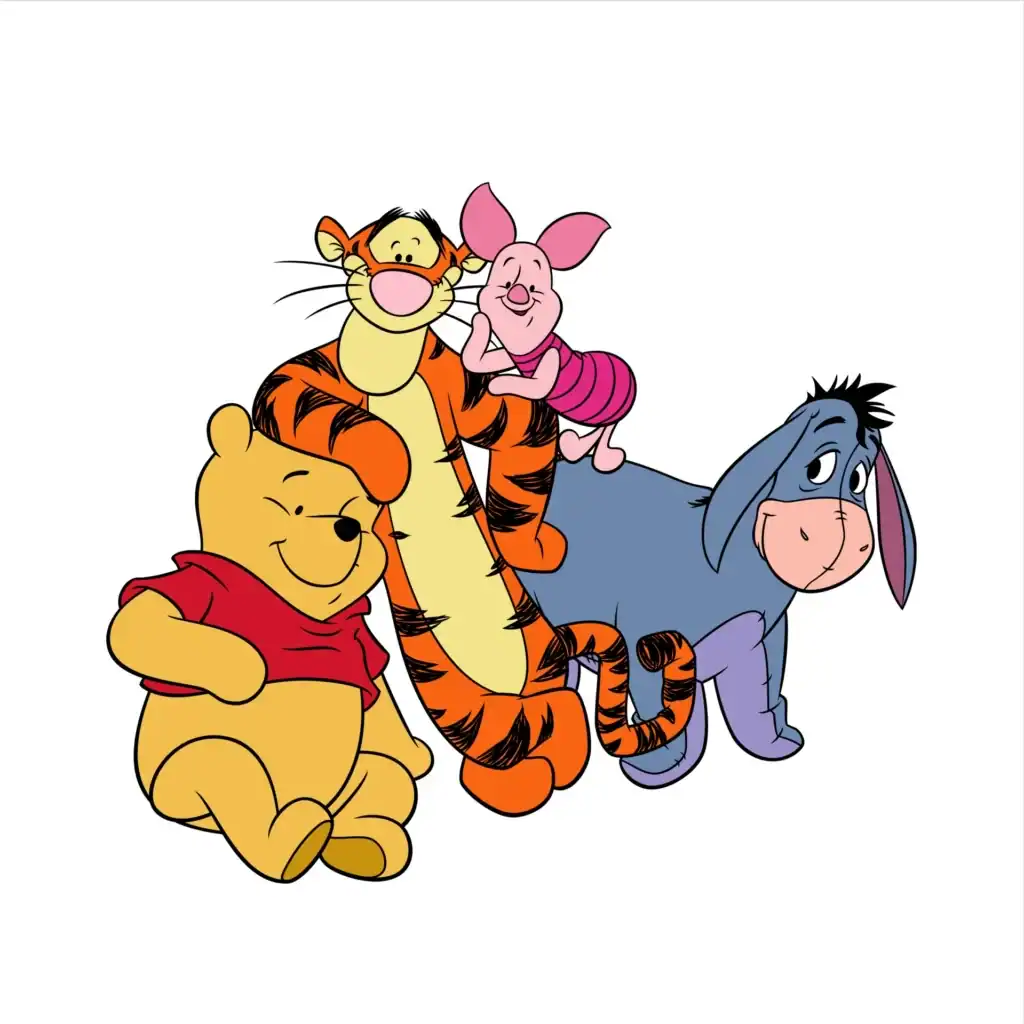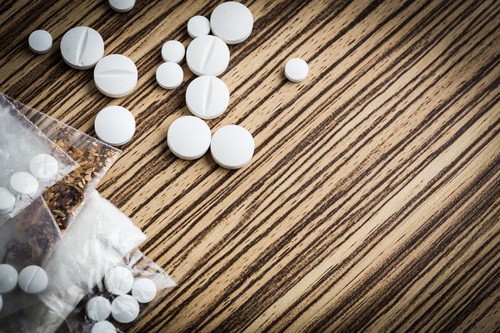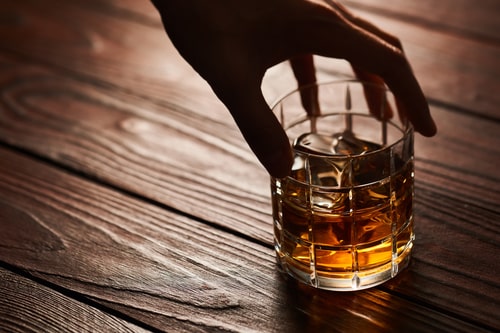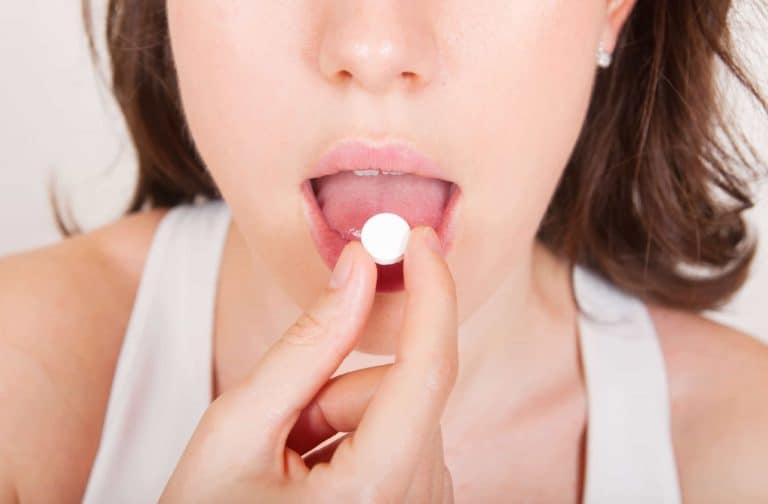Winnie the Pooh might be a sweet childhood story, but what if each character actually represented a different drug?
It’s a bold idea—but one that paints a surprisingly accurate picture of addiction. Substance abuse comes in many forms, and understanding the different “personalities” of drugs can help us recognize the warning signs in ourselves and the people we care about.
In this article, we’ll take a walk through the Hundred Acre Wood and ask one simple question:
If each character in Winnie the Pooh represented a different substance, what would it be—and why?
Let’s break it down.
Winnie the Pooh – Cannabis (Marijuana)
Pooh is mellow, relaxed, and constantly chasing his next jar of honey. He’s a happy-go-lucky kind of guy, but he’s also distracted, forgetful, and not super motivated to do anything other than find his next snack.
If Pooh were a drug, he’d be weed.
Cannabis has become more socially acceptable and legal in many places—but it can still be addictive. Over time, marijuana dependency can lead to low motivation, poor memory, and emotional detachment. Just like Pooh, people who use cannabis heavily may appear calm on the outside but feel stuck inside.
While not as dangerous as some harder drugs, marijuana abuse can still hold someone back from living a full, healthy life—especially when used to escape reality.
Tigger – Cocaine
Tigger bounces off the walls—literally. He’s loud, fast-talking, and full of nonstop energy. He’s the life of the party, but also a little unpredictable and reckless.
If Tigger were a drug, he’d be cocaine.
Cocaine is a powerful stimulant that creates a short-lived high: intense energy, confidence, and excitement. But once that wears off, users often experience a crash—fatigue, depression, and a strong urge to use again.
People addicted to cocaine often chase the high just like Tigger chases thrills. But behind the fast-paced fun is a dangerous cycle of burnout, withdrawal, and emotional chaos.
Cocaine addiction treatment focuses on breaking this loop and helping people stabilize their emotions and behavior.
Eeyore – Alcohol
Eeyore is always tired, gloomy, and moving in slow motion. He doesn’t cause problems for anyone—but he also doesn’t seem to enjoy life. Everything feels heavy.
That’s alcohol.
Alcohol is one of the most widely used substances in the world. At first, it relaxes the body and mind. But over time, it can worsen depression, increase isolation, and create emotional numbness—just like Eeyore.
Many people who struggle with alcohol addiction don’t look like the stereotype. They may hold jobs and keep up appearances, but behind the scenes, they’re numbing pain with a bottle and slowly losing joy.
Alcohol rehab programs often include therapy, detox, group support, and long-term relapse prevention.
Piglet – Benzodiazepines (Xanax, Klonopin, Ativan)
Piglet is small, nervous, and constantly worried. He’s jumpy, cautious, and afraid of almost everything. Sound familiar?
If Piglet were a drug, he’d be benzodiazepines.
Benzos are prescription medications used to treat anxiety and panic disorders. They can be helpful when used short-term—but they’re also highly addictive. Over time, people can become dependent on benzos just to get through the day.
The longer someone uses benzos like Xanax or Klonopin, the more their brain relies on the drug to stay calm. And when they try to stop? The anxiety comes back even worse.
Benzo addiction treatment often requires medically supervised detox and intensive therapy to help people learn healthy coping skills.
Rabbit – Prescription Stimulants (Adderall, Vyvanse)
Rabbit is high-strung, controlling, and obsessed with productivity. He likes things a certain way and loses it when things go off track. He’s constantly on edge—even when things are “fine.”
If Rabbit were a drug, he’d be prescription stimulants.
Medications like Adderall or Vyvanse are prescribed for ADHD—but they’re often misused by people trying to boost focus, energy, or academic performance. Over time, misuse can lead to anxiety, paranoia, and burnout.
Just like Rabbit, people on stimulants can seem sharp and organized—but underneath it, they’re often overwhelmed and emotionally drained.
Treatment for Adderall addiction focuses on restoring balance, rebuilding routines, and helping people manage stress without medication misuse.
Owl – Psychedelics (LSD, Psilocybin/Magic Mushrooms)
Owl is intellectual, talkative, and a little out there. He has big ideas, deep thoughts, and sometimes talks in riddles. He’s convinced he has all the answers—even when he doesn’t.
That’s psychedelics.
LSD, mushrooms, and other hallucinogens alter perception, heighten emotions, and create out-of-body experiences. Some people report spiritual awakenings. Others get stuck in a cycle of escapism and confusion.
Like Owl, people using psychedelic drugs might think they’re discovering deep truths—but those “aha” moments don’t always make sense outside the trip.
While psychedelics aren’t typically physically addictive, frequent use can interfere with reality, responsibilities, and mental health.
Kanga – Opioid Painkillers (Oxycodone, Hydrocodone)
Kanga is warm, comforting, and always taking care of others. But behind that gentle smile, she might be struggling with her own pain.
If Kanga were a drug, she’d be prescription opioids.
Medications like Oxycodone, Vicodin, or Hydrocodone are often prescribed after surgery or injury. But for many people—especially parents or caretakers—the pills become a way to cope with both physical and emotional pain.
Opioids numb discomfort, both in the body and the heart. But that numbness can turn into addiction faster than most people realize.
Opioid rehab programs often begin with medically supervised detox followed by therapy, peer support, and relapse prevention to help people safely rebuild their lives.
Roo – Inhalants (Whippets, Nitrous Oxide)
Roo is the youngest in the group. He’s curious, energetic, and always eager to try what the older characters are doing.
Roo represents inhalant abuse.
Inhalants—like nitrous oxide (“whippets”), glue, or aerosol sprays—are often used by teens and young adults because they’re cheap and easy to find. But they’re also extremely dangerous.
Inhalants create a short-lived high followed by disorientation, nausea, and potential brain damage. Many people don’t realize how serious these substances are until it’s too late.
Inhalant addiction treatment is available and often involves both medical and psychological support, especially for younger users.
Christopher Robin – Alcohol (in early stages)
Christopher Robin isn’t out of control. He’s just sipping something in the background. Still functioning. Still smiling. Still showing up.
That’s casual alcohol use in the early stages.
Many people—especially young adults—use alcohol in a way that doesn’t seem like a problem. But consistent use to relax, cope, or avoid feelings can quickly turn into alcohol misuse. And that’s often where addiction begins.
Early intervention is key. The sooner someone recognizes unhealthy patterns, the easier it is to get support and make changes.
Why This Matters
Substance abuse doesn’t always look like the movies. Sometimes it looks like your funny friend. Or your quiet coworker. Or someone who seems totally fine on the outside.
By using characters we all recognize, this comparison helps break the stigma. It shows that addiction is not about being bad—it’s about struggling with pain and trying to feel better.
If you or someone you love relates to any of these “characters,” help is available.
What to Do If You See Yourself in This
Recognizing a problem is the first step toward recovery.
Whether you feel like you’re stuck in the haze of marijuana, bouncing between highs and lows like a stimulant, or quietly numbing out with alcohol or pills—there is support for you.
Here’s what to consider:
- You’re not alone. Millions of people struggle with substance abuse every year.
- Recovery is possible. With the right support, structure, and tools, people rebuild their lives every single day.
- It’s never too early—or too late—to get help. Whether you’ve just started noticing the signs or you’ve been living with addiction for years, the time to take action is now.
Ready to Step Out of the Hundred Acre Wood?
At Asheville Recovery Center, we understand that every addiction story is different. That’s why we offer personalized treatment programs tailored to your needs—whether it’s detox, inpatient care, or outpatient support.
We’ve helped people overcome marijuana addiction, alcohol dependency, cocaine use, benzo withdrawal, opioid addiction, and more. Our team is here to walk with you, not judge you.
Don’t wait for things to get worse. Reach out today and let’s talk about a plan that fits you.
Because you’re not just a character in a story—you’re the author of your next chapter.
